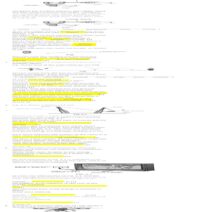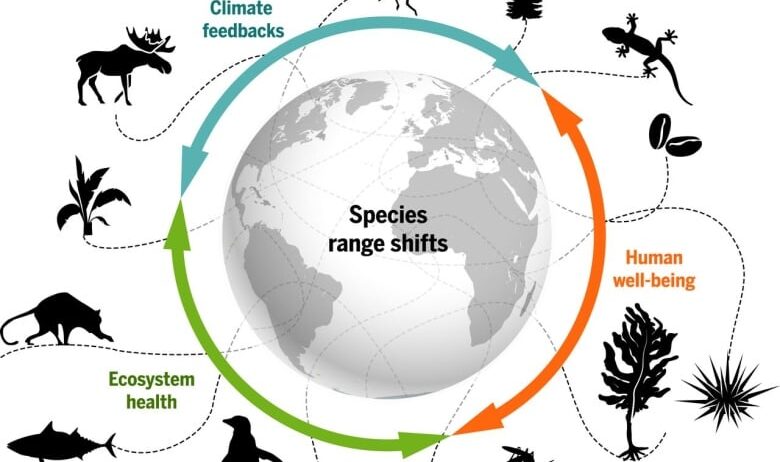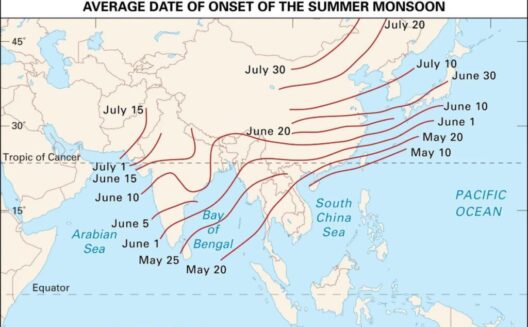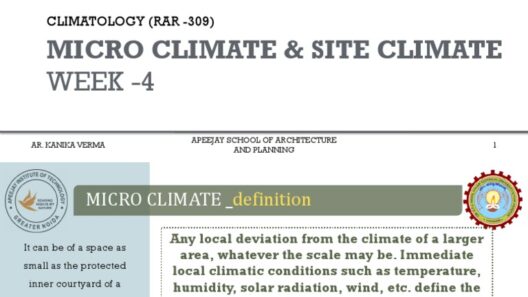The effects of climate change are omnipresent and irrefutably significant, with far-reaching consequences on Earth’s biodiversity. The pressing question arises: can animals adapt to such rapid environmental upheaval? While some species exhibit remarkable resilience—navigating through varied ecological shifts—others falter under the weight of intensifying climate pressures. This bifurcation between winners and losers in the ongoing struggle for survival sparks intrigue, urging deeper contemplation about the processes of evolution and adaptation in response to climatic dynamics.
The unfolding narrative of climate adaptation resonates strongly within the Arctic region, where rapid temperature rises usher in dramatic transformations. The stark reality is that the habitat of numerous species is irrevocably changing. Winners come forth in astonishing forms, such as the resilient Arctic fox. As the cryosphere diminishes, these mammals are increasingly observed in previously inhospitable territories, showcasing their adaptability. Their capacity to modify foraging behaviors and travel distances for sustenance is indicative of a remarkable evolutionary flexibility. On the contrary, iconic species like the polar bear are emblematic of those ensnared in peril. With diminishing sea ice—a crucial hunting ground—polar bears face dire existential threats, accentuating the harsh realities of adaptation failures when environmental thresholds become untenable.
This dichotomy extends beyond mere survival; it also illustrates the concept of ecological niche shifts. Species that can alter their preferred habitat or dietary preferences often thrive. The nimbleness of certain avian species, like the rock pigeon, showcases their ability to capitalize on urban environments. These adaptable birds have learned to exploit anthropogenic landscapes, thriving in cities where their wild counterparts cannot. Conversely, more specialized species, such as the California condor, find themselves tethered to diminishing niche habitats, leading toward potential extinction. This showcases a critical aspect of evolution: the speed at which environmental changes occur significantly affects the adaptive capacity of species.
Investigating the notion of adaptive traits brings to light the interplay of genetics and environmental factors. Evolutionary biologists contend that rapid environmental shifts favor species with high genetic variability, granting them a better chance for survival. For instance, certain fish populations exhibit diverse reproductive strategies, allowing some individuals to flourish under fluctuating conditions while others falter. This genetic fortitude underlines the fundamental principle of natural selection; it posits that those capable of adapting will subsequently pass on advantageous traits, nurturing a lineage better equipped to endure climatic adversities.
However, the crux of the issue is the rate at which climate change manifests. The phenomenon of climate change is unprecedented in its pace, outstripping natural evolutionary timelines. Many species, bound by long-standing evolutionary adaptations and narrow physiological tolerances, find themselves ill-equipped to navigate these swiftly shifting terrains. For example, coral reefs—vivid realms of biodiversity—face bleaching events as sea temperatures rise, leaving them devoid of the vibrant ecosystems they once supported. Almost audibly, the reefs signal a larger truth: the fragility of nature, now exacerbated by anthropogenic factors, plays a pivotal role in the contest for survival.
Human intervention further complicates the intricacies of adaptation. Conservation efforts, habitat restoration, and wildlife corridors serve to create avenues for species to migrate or adjust. However, not all species enjoy equal access to such initiatives. The disparities in conservation focus highlight a reality of selective advocacy, which may inadvertently lead to a homogenization of life forms. Species deemed ‘charismatic’ often receive more substantial support, thus skewing resources away from less popular, yet equally vulnerable, organisms. This raises vital ethical questions around conservation priorities, driving home the argument that inclusivity is paramount for effective ecological remediation.
The evolutionary implications of climate change thus beg a philosophical inquiry. Do we view animals as mere victims of an anthropogenic crisis, or do we consider them agents within their own narrative of survival? While adaptation is inherently linked to evolutionary biology, it also stands as a testament to the intricate interplay between an organism and its environment. Efforts to understand the nuances of these relationships must expand beyond immediate survival; they must engage with the cultural and emotional ties humans share with the natural world. Our admiration for diverse species parallels our responsibility for their fate.
Empirical evidence suggests that some populations may demonstrate compensatory behaviors that permit partial adaptation. Social structures, such as those seen in elephants, highlight the potential of collective intelligence as a cornerstone for resilience. The ability of these animals to remember watering holes and migratory pathways underscores a profound connection to their ecosystem that could serve as a bulwark against the ravages of climate change. Such examples of communal knowledge remind stakeholders that resilience may lie in the symbiotic relationships formed among species, including human involvement.
In conclusion, as we navigate this epoch of environmental uncertainty, the responses of the animal kingdom present a multifaceted tapestry woven with threads of triumph and tragedy. Species adapting with agility bear witness to nature’s tenacity, while those that are faltering elucidate the critical threshold at which adaptation becomes untenable. The dialogue surrounding climate change adaptation is not just a narrative of winners and losers but an intricate examination of evolutionary potentials and the responsibilities that accompany our stewardship of the planet. As we move forward, recognition of these intricate dynamics is essential, fueling concerted efforts aimed at creating a resilient future for all inhabitants of this shared Earth.








